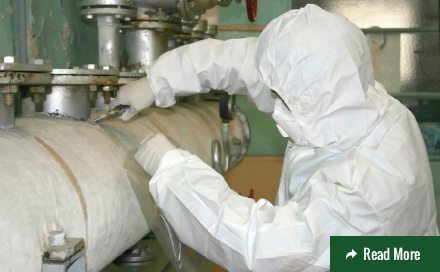Ingredient in Vinegar Kills Mesothelioma Cells in Minutes
There is new evidence that the primary ingredient in vinegar might eventually be used to help fight deadly malignant mesothelioma. Acetic acid is the colorless organic compound that gives vinegar its pungent smell and distinctive sour taste. It makes up 3 to 5% of vinegar. (The remaining 95-97% is water) In its pure form, acetic acid is used in the production of cellulose acetate for photographic film and polyvinyl acetate for wood glue, as well as some synthetic fibers and fabrics. It is also used as a food additive to regulate the acidity of certain foods and condiments. Acetic acid was added into the cell cultures at different concentrations and for different lengths of time. The researchers then analyzed…









